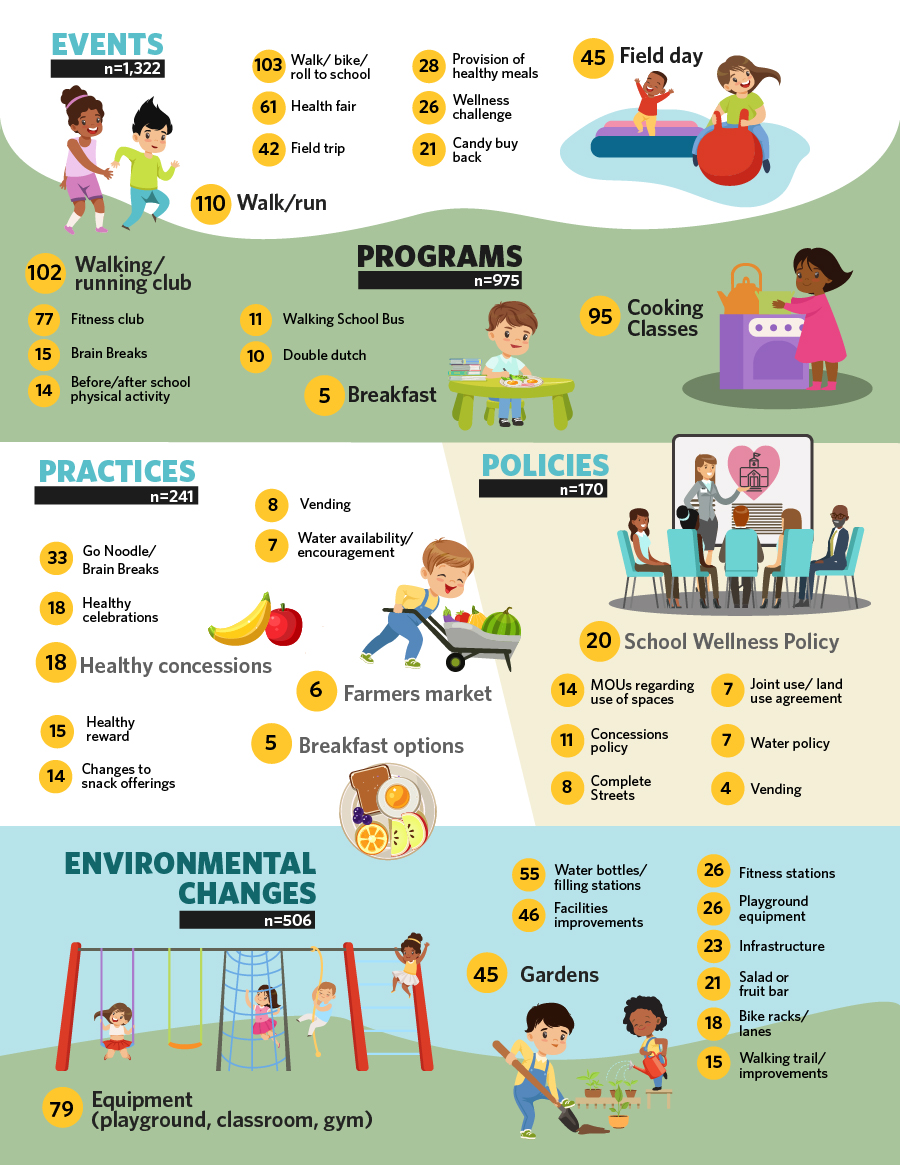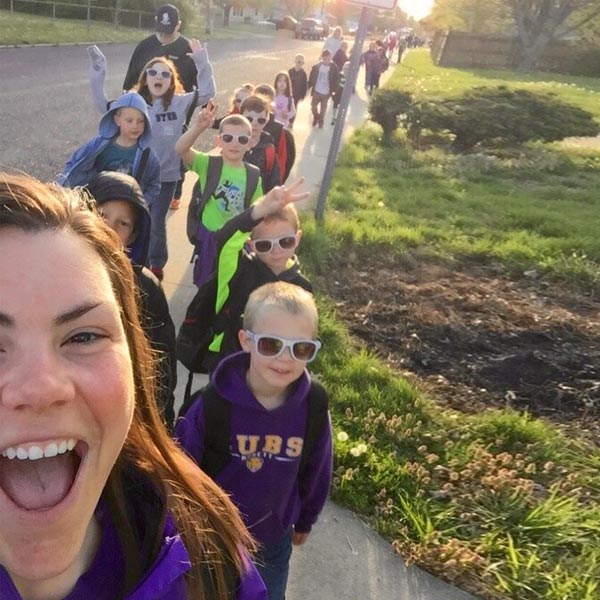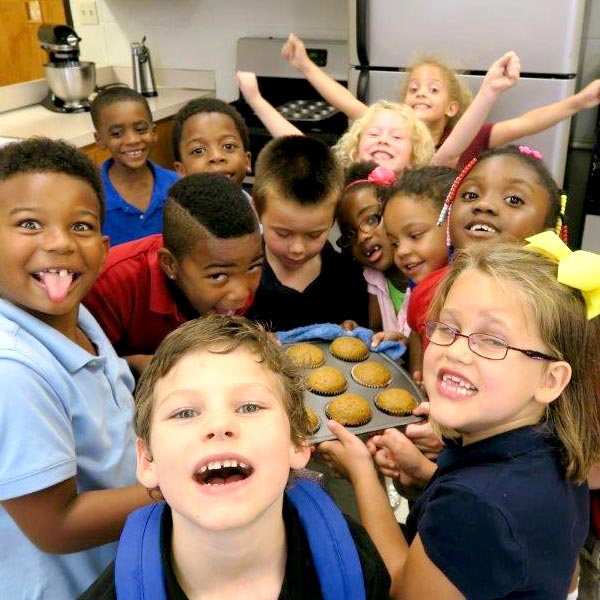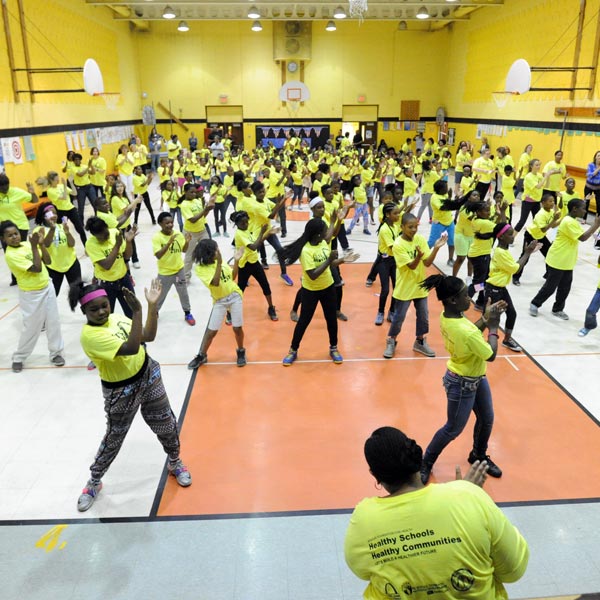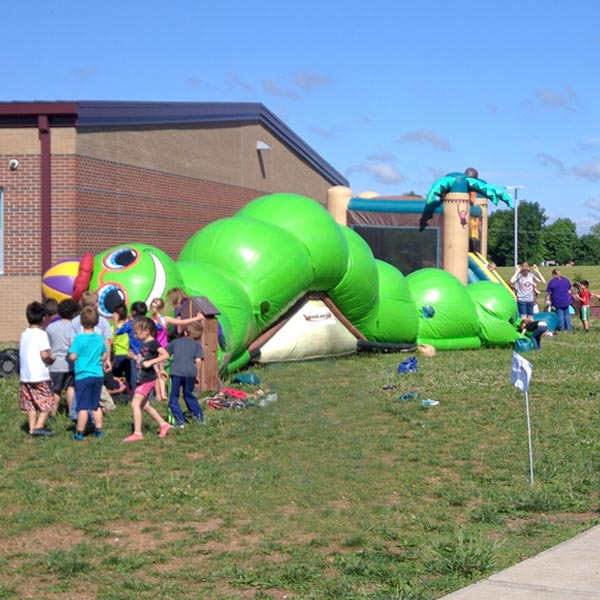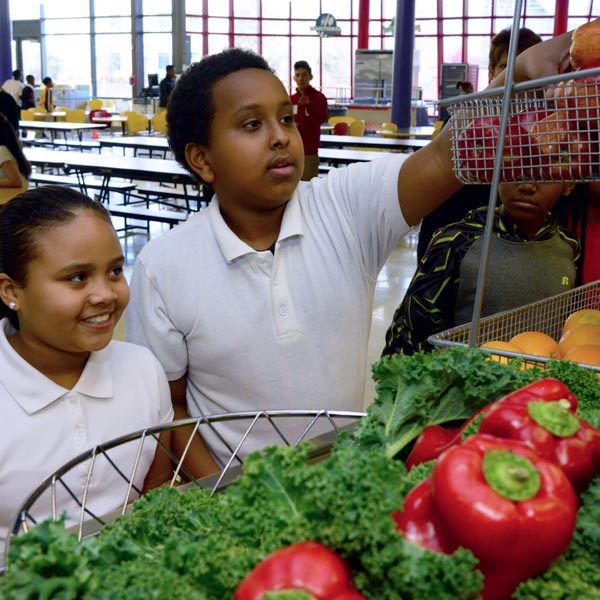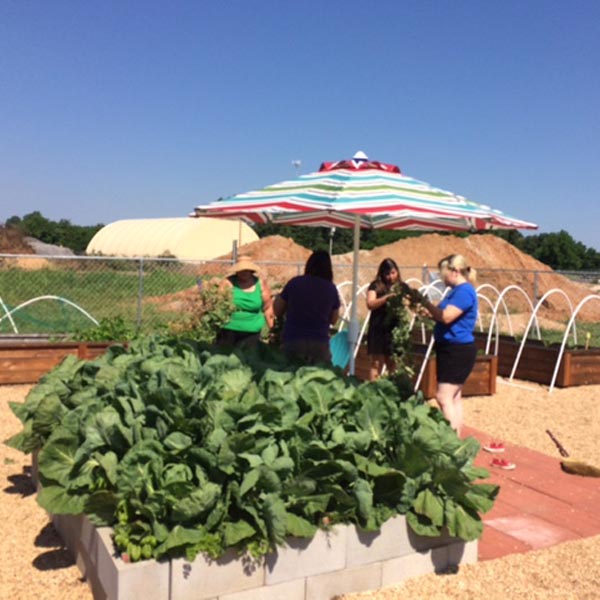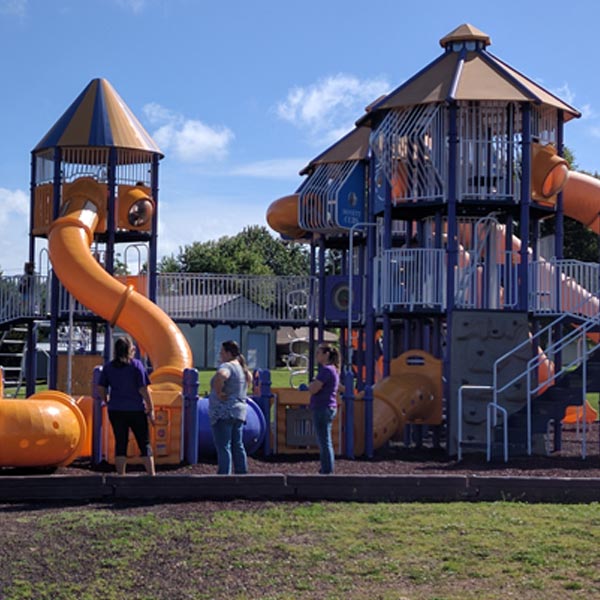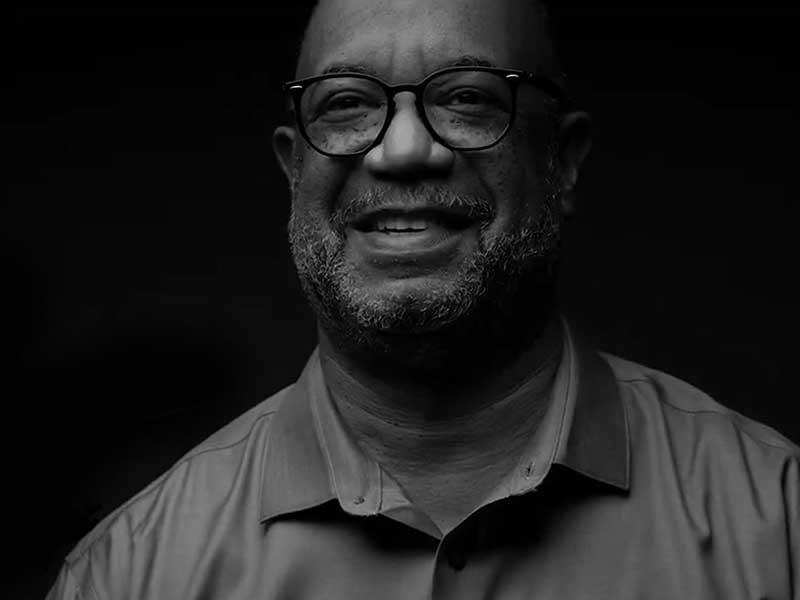In 2013, Missouri Foundation for Health launched Healthy Schools Healthy Communities (HSHC) to improve the health of children by making sure all kids have access to nutritious food and places to run and play safely. This was no simple task given the variety of conditions that influence health, especially the health of children.
Every day children are flooded with unhealthy food options – whether that’s concession stands serving candy and sodas at soccer games, processed foods from vending machines in schools, or too many cupcakes at classroom celebrations. In addition to the lack of quality food choices, most of our neighborhoods are not designed for exercise and recreation. Some roads don’t have sidewalks for kids to walk to school. Other places don’t have enough parks or outdoor spaces for kids to explore the environment and be active. And due to time constraints, some schools can’t offer enough opportunities for kids to burn off energy throughout the day.
All these factors together contribute to Missouri ranking as one of the heaviest states in the country and can prevent kids from having a healthy start at life. Children who are obese are more at risk of developing chronic illnesses such as diabetes and heart disease. It also leads to shorter lifespans by an average of 2-5 years and has significant health care costs for individuals and our state.
